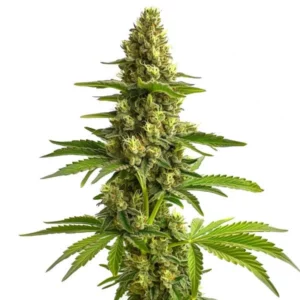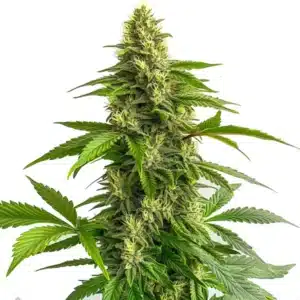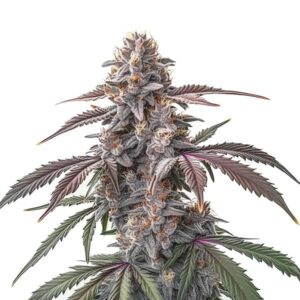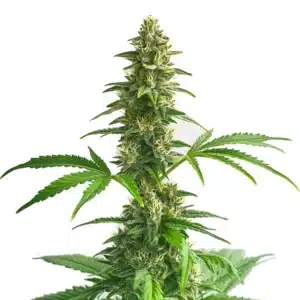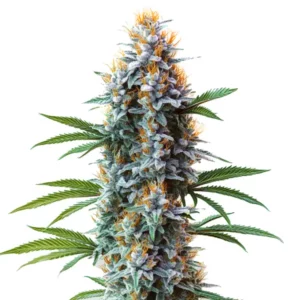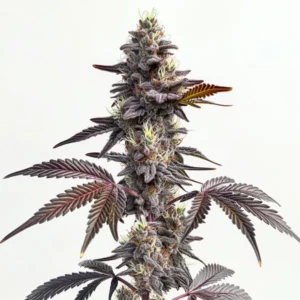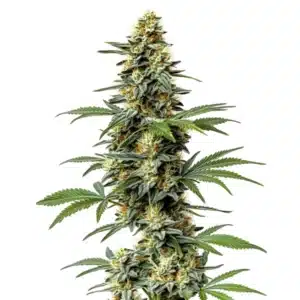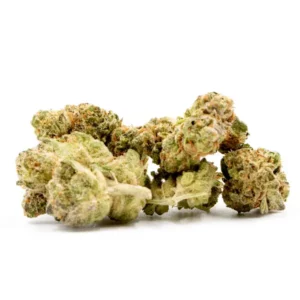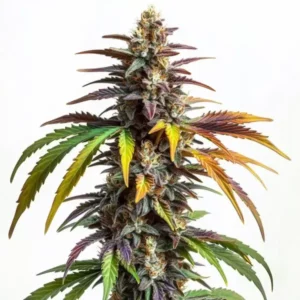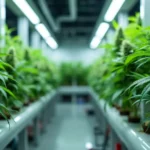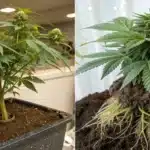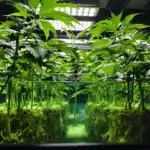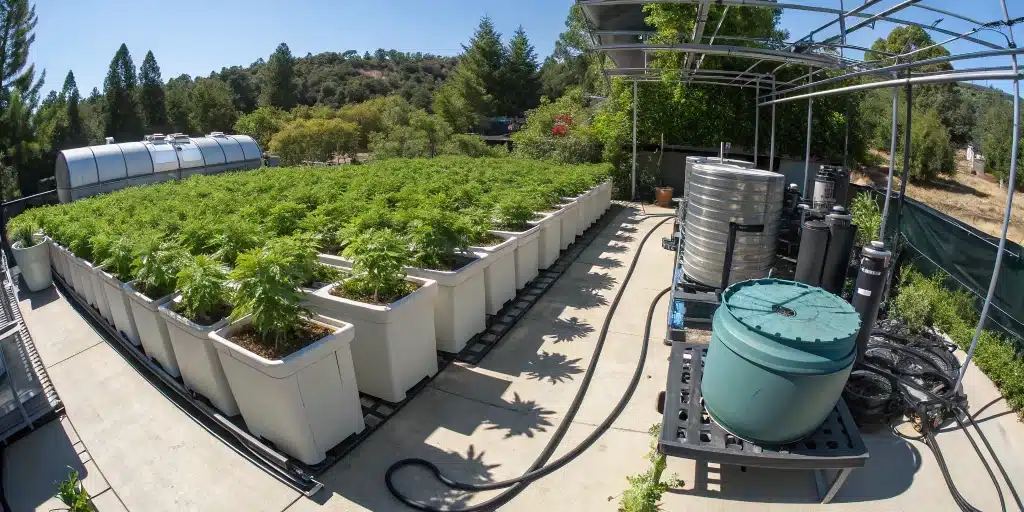
Outdoor Hydroponics: Methods and Practices
Outdoor Hydroponics Fundamentals
Benefits and Challenges of Hydroponics Outdoors
Outdoor Hydroponics offers an innovative way to cultivate cannabis using a soilless method that leverages natural sunlight. This approach provides efficient water use, faster nutrient absorption, and the opportunity to manage growth conditions precisely. However, it also presents challenges such as unpredictable weather, temperature fluctuations, and pest pressures. Growers must be ready to adapt their methods to overcome these hurdles while enjoying benefits like higher yields and cleaner produce. The balance between advantages and difficulties makes the process both engaging and demanding for every grower.
Outdoor Hydroponics brings a refreshing change to traditional growing methods by reducing soil-borne issues and enhancing plant growth through controlled nutrient delivery. Yet, the outdoor element introduces variability that requires constant monitoring and timely interventions. Weather changes, wind, and occasional heavy rains can disrupt the system, forcing operators to implement protective measures. With careful planning and adaptive strategies, growers can harness the benefits of nature while mitigating its unpredictable challenges, resulting in robust plants and impressive yields throughout the season.
Recommended Strains
Bruce Banner #3
|
|
THC | 20% - 29% (High) |
|
|
Type | Feminized |
|
|
Yield | Medium |
|
|
Phenotype | 50% Indica / 50% Sativa |
Bruce Banner #3 FBV
|
|
THC | 19% - 23% (Medium) |
|
|
Type | Fast Flowering |
|
|
Yield | Medium |
|
|
Phenotype | 50% Indica / 50% Sativa |
Essential Components of an Outdoor Hydroponic System
A successful Outdoor Hydroponics system relies on several key components that work in harmony. Essential elements include a durable reservoir, a reliable pump, sturdy pipes for nutrient delivery, and a robust framework to support the plants. Each component is selected to withstand outdoor conditions, ensuring longevity and efficiency. The system must also incorporate effective filtration and aeration techniques to provide healthy root environments. By carefully assembling these parts, growers can build a resilient system that maintains consistent water and nutrient flow even in adverse weather conditions.
Every component of an Outdoor Hydroponics system plays a vital role in its overall performance. From weather-resistant piping to high-quality pumps and secure containers, each piece is engineered to support plant growth and endure environmental stress. The integration of these elements results in a seamless nutrient delivery network that minimizes waste and maximizes plant health. With the right materials and careful construction, the system delivers a steady supply of essential nutrients and water, ensuring that every plant receives the care it needs to thrive outdoors under variable climatic conditions.
Promos & Deals
Designing Your Outdoor Hydroponic Setup
Planning and Layout Considerations
Designing an effective Outdoor Hydroponics setup begins with careful planning and layout design. Growers need to assess their available space, consider sun exposure, and account for wind direction and other weather factors. A well-planned layout maximizes natural light and provides adequate spacing for each plant, ensuring optimal growth and airflow. Thoughtful arrangement also facilitates easy maintenance and quick adjustments when conditions change. By mapping out the setup in detail, operators can create a system that supports efficient water circulation, nutrient distribution, and overall plant health.
When planning your Outdoor Hydroponics setup, it is important to consider every environmental factor that may affect plant growth. Layout considerations include the orientation of rows, the distance between equipment, and the location of water reservoirs. These elements work together to ensure that the system operates smoothly and that plants receive uniform light and nutrient exposure. Effective planning not only boosts production but also simplifies routine maintenance, allowing for quicker responses to any emerging issues and ensuring that every plant flourishes in its designated space.
Selecting the Right Equipment and Materials
Selecting the right equipment and materials is critical for the durability and efficiency of an Outdoor Hydroponics system. Growers must choose weather-resistant and high-quality components such as pumps, pipes, reservoirs, and support structures. Materials should be durable enough to withstand outdoor conditions like rain, wind, and UV exposure. By investing in superior equipment, operators can reduce maintenance needs and enhance system performance. The careful selection of materials ensures reliable water and nutrient delivery while protecting the system from premature wear or failure, ultimately contributing to healthier plants and better yields.
Every piece of equipment chosen for an Outdoor Hydroponics setup has a direct impact on its performance and longevity. From selecting corrosion-resistant pipes to opting for energy-efficient pumps, the quality of each component is paramount. Durable materials not only resist harsh outdoor conditions but also maintain system integrity over time. Making informed decisions about equipment ensures that the setup remains robust and efficient, providing a stable environment for cannabis cultivation. This careful selection process is a cornerstone of successful outdoor hydroponic cultivation and sets the stage for consistent, high-quality results.

Nutrient Management and Water Quality
Creating Effective Nutrient Solutions
Creating effective nutrient solutions is a fundamental aspect of Outdoor Hydroponics that directly influences plant health and yield. Growers must mix water with the right proportions of essential fertilizers, vitamins, and minerals to support robust growth. The solution needs to be balanced so that plants receive all the nutrients they require without causing nutrient burn or deficiencies. Frequent testing and adjustments ensure that the solution remains optimal throughout the growing cycle. By fine-tuning the nutrient blend, operators can maximize plant performance and achieve consistent, high-quality results in their hydroponic system.
A carefully formulated nutrient solution serves as the lifeblood of an Outdoor Hydroponics system. It provides plants with the necessary building blocks for growth, from root development to flower formation. The process involves monitoring nutrient concentrations and making timely adjustments based on plant feedback and environmental changes. With a balanced nutrient mix, plants absorb minerals efficiently, resulting in vigorous growth and high yields. This meticulous attention to nutrient management ensures that the hydroponic system consistently delivers the ideal conditions for thriving cannabis crops.
Monitoring pH, EC, and Water Temperature
Monitoring pH, electrical conductivity (EC), and water temperature is essential to maintain optimal conditions in an Outdoor Hydroponics system. Regular measurements help ensure that the nutrient solution remains balanced and that plants can absorb nutrients effectively. Adjustments to pH levels prevent nutrient lockout, while maintaining proper EC levels ensures the right concentration of minerals. Water temperature is equally important, as it affects both nutrient uptake and the overall health of the root system. Consistent monitoring allows growers to quickly address any fluctuations, keeping the system stable and the plants healthy.
Maintaining precise control over pH, EC, and water temperature safeguards the integrity of the nutrient solution. Each parameter plays a critical role in plant metabolism and overall growth performance. When levels stray from the ideal range, it can lead to stress and reduced yields. Therefore, routine checks and prompt adjustments are indispensable. A proactive approach to monitoring not only improves plant health but also prevents issues from escalating. This diligent oversight is key to sustaining a productive Outdoor Hydroponics system that delivers consistently high-quality cannabis crops throughout the season.
Environmental Factors and Climate Control
Managing Light, Temperature, and Weather Effects
Managing light, temperature, and weather effects is vital in Outdoor Hydroponics to provide a stable environment for cannabis cultivation. Natural sunlight is a primary energy source, but excessive heat or intense light can stress plants. Growers use shading techniques, reflective materials, and adjustable covers to moderate light exposure and regulate temperature. These measures help prevent overheating and ensure that plants receive the right balance of light and cool air. By controlling these environmental factors, operators create a microclimate that supports consistent growth even under variable outdoor conditions.
Controlling the outdoor environment requires a blend of technology and practical measures. Strategies include positioning the system to capture optimal sunlight while using shade cloths to reduce excessive heat during peak hours. Temperature regulation is achieved through proper ventilation and, if necessary, supplemental cooling. These efforts create a more predictable and controlled climate for the hydroponic system, reducing stress on the plants. With effective management of light and temperature, the Outdoor Hydroponics setup maintains a harmonious balance that promotes healthy, vigorous growth across the cultivation cycle.
Strategies for Pest and Disease Prevention
Implementing strategies for pest and disease prevention is critical in Outdoor Hydroponics due to the exposure to natural elements. Organic pesticides, natural repellents, and physical barriers like nets or screens help protect plants from insects and pathogens. Regular inspections and early intervention are key to stopping infestations before they escalate. Maintaining cleanliness around the system and using companion planting techniques further reduce the risk of disease. By proactively addressing these challenges, growers create a safer environment that supports robust plant health and minimizes disruptions during the growing cycle.
Pest and disease management in an Outdoor Hydroponics system involves a combination of preventive practices and timely responses. Natural remedies and organic treatments are preferred to avoid chemical residues that could harm the plants. In addition, careful monitoring allows for the early detection of any issues, enabling swift corrective actions. These strategies not only protect the crop but also contribute to a sustainable and eco-friendly growing environment. Through consistent vigilance and targeted interventions, the risk of infestations is significantly reduced, ensuring a productive and healthy outdoor cultivation process
Maintenance, Troubleshooting, and System Optimization
Regular Maintenance and Cleaning Practices
Regular maintenance and cleaning are essential to the longevity and efficiency of an Outdoor Hydroponics system. Routine inspections, timely cleaning of reservoirs, and flushing of pipes prevent mineral buildup and blockages. This upkeep ensures that water and nutrients flow smoothly through the system, avoiding any disruptions to plant growth. Consistent maintenance not only prolongs the lifespan of the equipment but also supports optimal performance by reducing the chances of system failures. A well-maintained system contributes to continuous healthy plant growth and higher yields over the entire cultivation period.
Establishing a strict maintenance schedule helps operators keep their Outdoor Hydroponics system in top condition. Regular cleaning routines include checking for leaks, inspecting pumps and pipes, and ensuring that nutrient levels remain stable. These tasks minimize the risk of malfunction and ensure that every component works as intended. With proactive maintenance, any issues are quickly identified and resolved before they can escalate into serious problems. This diligent approach guarantees that the system remains efficient and productive, allowing growers to focus on cultivating high-quality cannabis with confidence.
Diagnosing and Solving Common System Issues
Diagnosing and solving common system issues is a vital part of managing an Outdoor Hydroponics setup. Problems such as pump failures, nutrient imbalances, or blockages in the piping can arise unexpectedly. Regular monitoring and methodical troubleshooting help identify the source of the problem quickly. Once identified, adjustments such as replacing faulty parts, recalibrating nutrient levels, or cleaning the system can restore optimal function. A systematic approach to troubleshooting minimizes downtime and prevents minor issues from escalating into major setbacks, ensuring that the entire system operates smoothly throughout the growing cycle.
When challenges occur, a structured diagnostic process is key to effective problem resolution in Outdoor Hydroponics. Growers should methodically inspect each component of the system, starting with the water flow and nutrient delivery lines. Careful observation and prompt corrective actions help resolve issues before they impact plant health. By maintaining detailed records of system performance, operators can detect patterns and prevent recurring problems. This proactive troubleshooting approach sustains system efficiency and ensures that each component continues to contribute positively to overall cannabis cultivation outcomes.
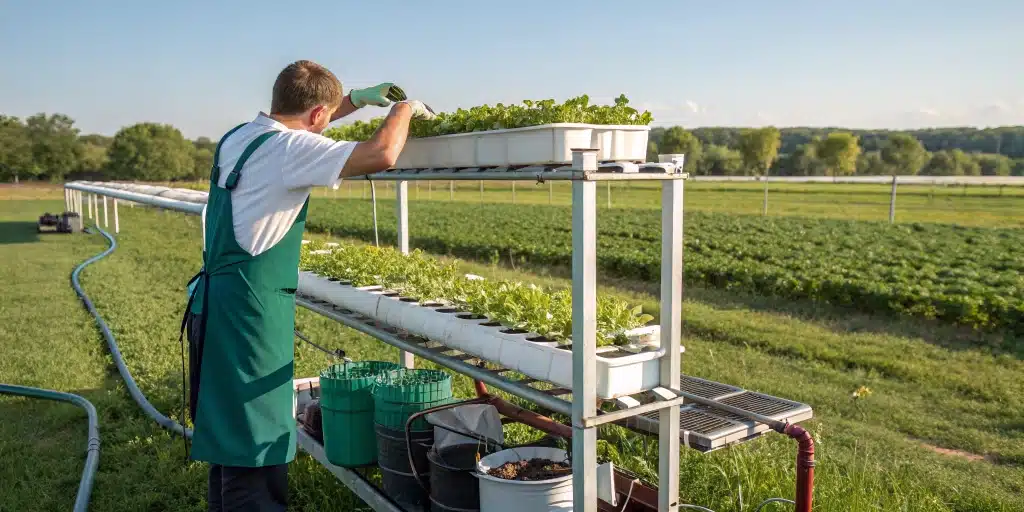
FAQs about Outdoor Hydroponics
What are the primary benefits of Outdoor Hydroponics?
Outdoor Hydroponics provides efficient water use, faster nutrient absorption, and improved control over plant growth in a natural sunlight environment. It reduces soil-borne diseases and enables higher yields. This method leverages controlled nutrient delivery while using the benefits of outdoor light, resulting in healthy, vigorous plants. Proper management creates a balanced growing environment that boosts overall productivity and supports sustainable, high-quality cannabis cultivation for enthusiasts.
How can I maintain optimal water quality in an Outdoor Hydroponics system?
Maintaining optimal water quality in Outdoor Hydroponics requires regular monitoring of pH, EC, and temperature. Consistent testing ensures that nutrient solutions remain balanced and free from harmful contaminants. Regular flushing of the system prevents buildup and maintains smooth water flow. By adjusting nutrient ratios and monitoring water parameters closely, growers can sustain a stable environment that supports robust plant growth. This proactive approach to water management ensures that the system continuously delivers high-quality, nutrient-rich water to every plant.
What steps can be taken to prevent pest infestations in Outdoor Hydroponics?
Preventing pest infestations in Outdoor Hydroponics involves using organic repellents, installing physical barriers, and maintaining strict cleanliness around the system. Regular inspections allow early detection of pest activity, and companion planting can naturally deter insects. Timely intervention with natural pesticides and consistent monitoring further minimize risks. These measures create a balanced ecosystem that protects the plants without harming the environment, ensuring a healthy and productive growing cycle in the Outdoor Hydroponics setup.


